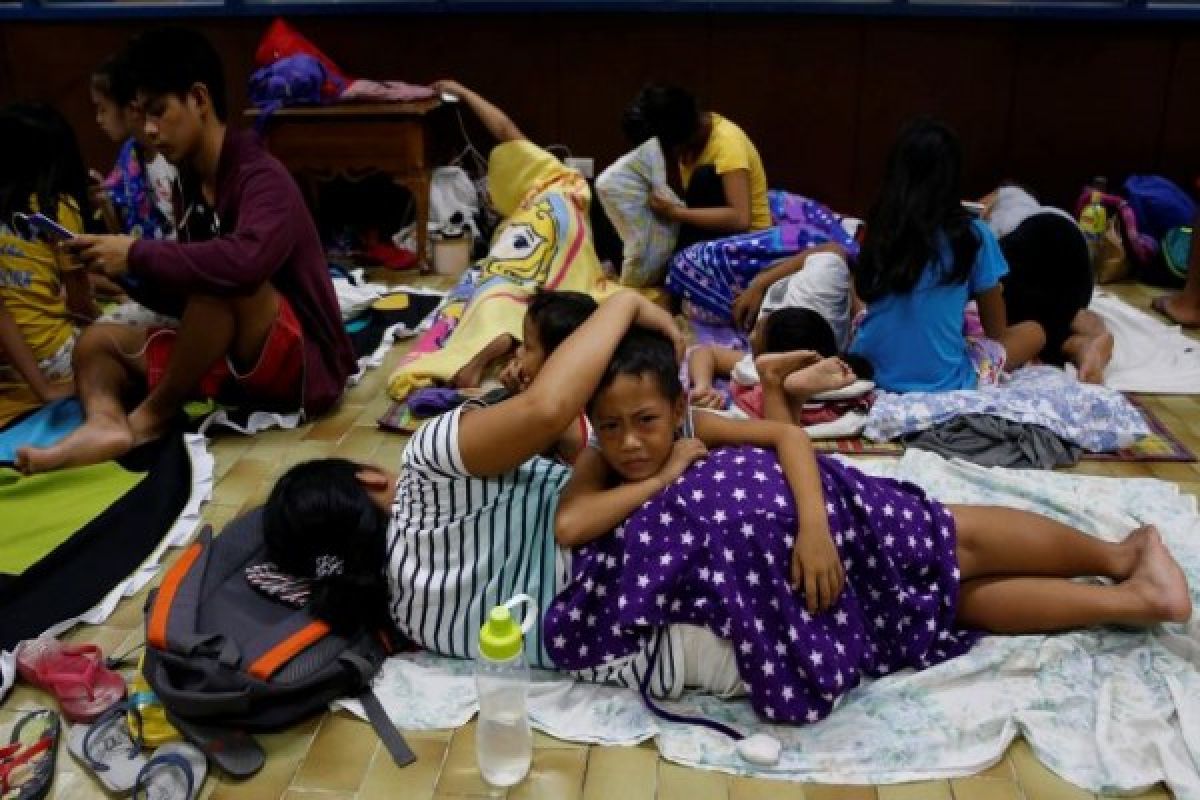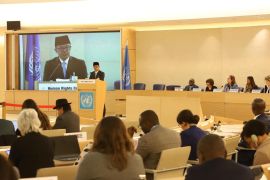Power lines have been cut off and mobile phone signals were intermittent."Manila (ANTARA News) - Super Typhoon Haima, the strongest cyclone to hit the Philippines in three years, toppled power and communication lines, damaged houses and displaced thousands as it made landfall in the north of the country.
There were no immediate reports of casualties.
Fear of massive damage from the category 5 storm, with destructive 225 kmh (140 mph) winds before it crossed the
Cagayan province coast on Wednesday, saw schools and government offices shut in many parts of the main Luzon island and several flights cancelled, Reuters reported.
Haima weakened over land on Thursday, prompting the weather bureau to lift storm warning signals in some areas. It was expected to exit the landmass via Ilocos Norte province between 0000-0200 GMT and moved out of the country by Thursday evening.
Mina Marasigan, spokeswoman at the National Disaster Risk Reduction and Management Council, said the agency has received several reports of infrastructure damage particularly in Cagayan but so far there were no confirmed reports of any casualties.
"We have received several reports of roofs that were ripped off because of strong winds. Even the operations center of the Office of Civil Defense in (Cagayan) was not spared, she said.
"Power lines have been cut off and mobile phone signals were intermittent."
Isabela Governor Faustino Dy III advised people in his province to stay indoors, including those displaced families in evacuation centers.
"The rivers are still swelling. They must wait for local officials to announce if it is safe to go out," he said in a radio interview.
There were no confirmed typhoon-related casualties yet other than the death of a 70-year-old man who reportedly succumbed to heart attack while in an evacuation center in Isabela.
Haima is the 12th typhoon to hit the Philippines this year.
An average of 20 typhoons hit the Southeast Asian nation every year. Super Typhoon Haiyan struck the central Philippines in 2013, killing at least 6,000 people.
Editor: Priyambodo RH
Copyright © ANTARA 2016











